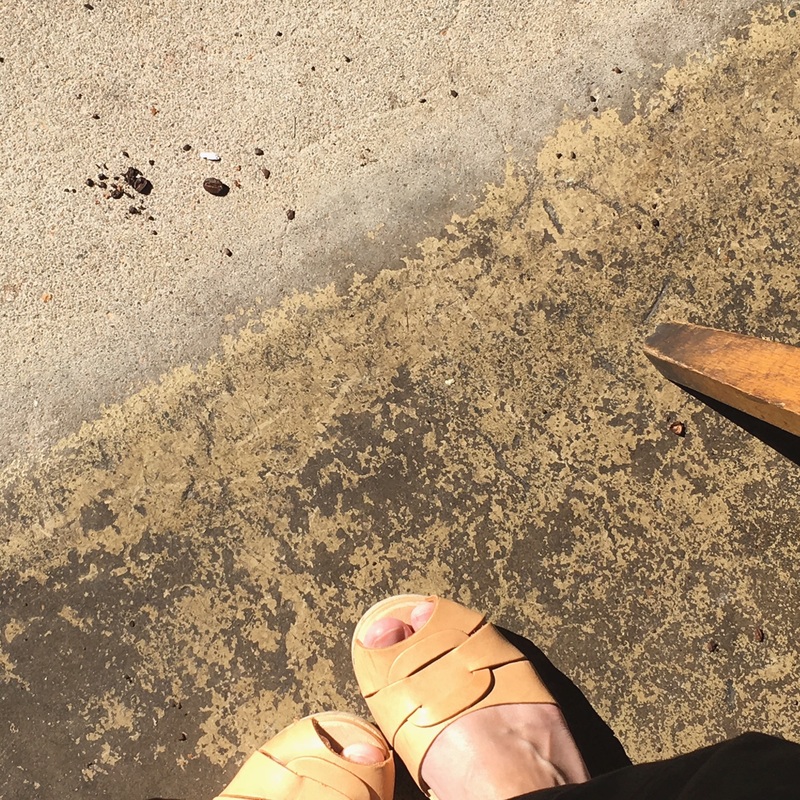We most often compare ourselves to those in our perceived tribes. This might be an instagram tribe, a style tribe or a tribe of proximity (school or mommy group or coworkers...). We learn thinking, behaviors + new norms from the groups with which we spend our time. Even much of the so-called ethical fashion community online ends up creating desire rather than contentedness.
When we compare the ways that we are able think about + consume clothing...to the ways garment workers have to think about more basic needs...it creates perspective.
"Seamstresses are the key element in the fashion chain, we are the ones who put the clothes together," said [a seamstress from Brazil]. "You basically have to kill yourself in front of a sewing machine in order to provide for your family." (via)
These articles reveal some heartbreaking testimonies from garment factories around the world...including in the United States + China. They even raise questions about origins that may be presented as ethical:
-How do we know that a made in the USA label = fair wages?
-How do we trust the wording on a brand's website about the origins of their clothing?
-Does a brand really know the conditions under which their garments are made?
So, what can we do? Again, the principles of the fairdare serve us well. We can reconsider "need". We can wear what we have...mend + repair...refashion...swap...shop secondhand... and make our own clothing (with attention to fibers + commitment to longtime wear). When it comes to purchasing "fair" clothing, we can look for:
-a small brand with the designer making his or her own pieces
-a brand that makes ALL of their clothing in-house with commitment to makers' well-being
-a brand making their product close to home + making frequent visits to the factory
-a brand using traceable materials + a commitment to every part of the supply chain
-an item of clothing that is fair-trade certified
Both brand + consumer need to prioritize farmers' + garment workers' well-being higher than getting the cheapest product possible. As consumers, we can read the fine print on the brands' "about" pages with a critical + educated eye. Education comes from reading articles like the ones linked here. They contain so much information + have caused me to be even more critical in a few areas. I'm in the process of making a few changes to the ethical brands page. We can vote with our dollars. We can let brands know when we'd like them to do better + also when they are doing things that we love. Articles like these are also incredibly helpful in reigniting resolve + encouraging action. Remembering that there are garment workers with concerns for having enough food, the education of their children, the health of their parents, and being forced into labor puts my own closet concerns in perspective.
Love,
Jane
* check to see if your library offers online access to newspapers (ours does)...this is helpful for newspapers like The New York Times with limited allowed articles per month






 RSS Feed
RSS Feed